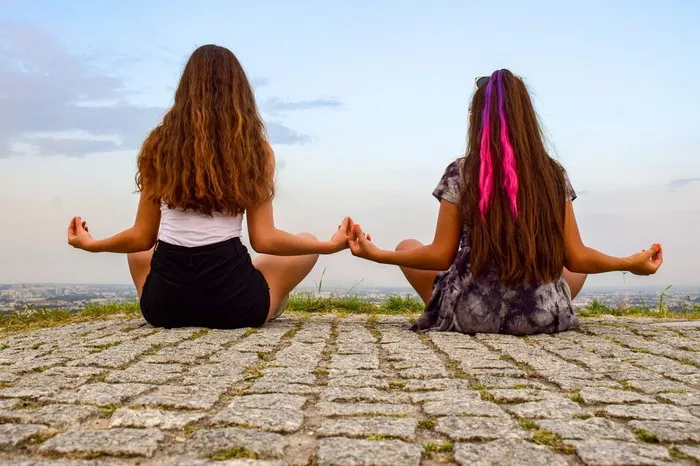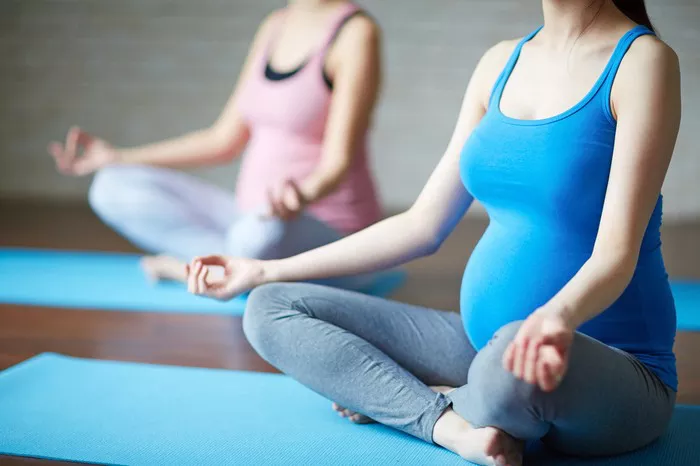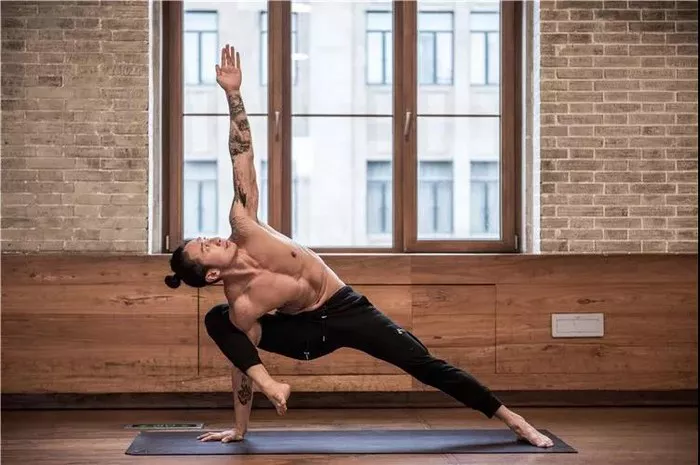Yoga, with its rich history and myriad of postures, offers a variety of physical and mental benefits that can positively impact the body and mind. Among the many postures practiced, the Sphinx Pose (Salamba Bhujangasana) is one that stands out due to its combination of gentle backbending, spinal elongation, and strengthening qualities. It is an accessible and effective pose suitable for both beginners and advanced practitioners, with numerous health benefits when practiced regularly.
This article delves into the various benefits of the Sphinx Pose, how it is performed, its effects on the body, and how it can contribute to overall well-being. By the end of this exploration, you will have a comprehensive understanding of what the Sphinx Pose is good for and how to incorporate it into your yoga practice.
What is the Sphinx Pose?
The Sphinx Pose is a mild backbend that targets the spine, chest, and shoulders. It is commonly practiced in hatha yoga and restorative yoga routines. The pose is named after the mythical Egyptian creature, the Sphinx, due to the posture’s resemblance to the reclining lion-like figure often seen in statues.
In Sphinx Pose, the practitioner lies face down on the mat with the forearms resting on the floor, elbows directly beneath the shoulders, and the palms facing downward. The chest lifts up as the lower body remains grounded, creating a mild curve in the spine. This position creates an opening in the chest and a gentle extension of the lower back. The Sphinx Pose should feel like a relaxed backbend rather than an intense stretch, and its primary goal is to enhance flexibility, improve posture, and strengthen specific muscle groups.
How to Perform the Sphinx Pose
Before discussing the benefits of the Sphinx Pose, it’s essential to understand the correct way to perform it. Here are the step-by-step instructions to guide you:
Start on your stomach: Begin by lying flat on your belly on a yoga mat with your legs extended straight behind you, feet hip-width apart, and the tops of your feet pressing into the ground.
Position your arms: Place your forearms on the mat in front of you, ensuring your elbows are aligned directly beneath your shoulders. Keep your palms facing down and your fingers spread wide.
Engage your lower body: Press the tops of your feet into the floor and activate your legs by gently lifting your knees and thighs off the mat. This helps to prevent excessive pressure on your lower back.
Lift your chest: Using the strength of your arms and shoulders, begin to lift your chest off the mat. Keep your elbows close to your body, and avoid over-arching your back. The goal is to create a gentle backbend rather than a deep one.
Focus on your spine: Ensure that your spine is elongated and not compressed. Your shoulders should move away from your ears, and your chest should broaden as you deepen into the pose.
Hold the pose: Hold the position for anywhere between 30 seconds to 2 minutes, depending on your comfort level. Breathe deeply and evenly as you maintain the posture.
Exit the pose: To release, slowly lower your chest back down to the mat and rest in a neutral position like Child’s Pose for a few breaths.
What is the Sphinx Pose Good For?
Now that we understand the mechanics of the Sphinx Pose, let’s explore the many benefits it offers to practitioners. This gentle backbend has a wide range of positive effects on the body, mind, and emotional well-being.
1. Improves Spinal Flexibility and Posture
One of the key benefits of the Sphinx Pose is its ability to improve spinal flexibility. The mild backbend created in the pose helps to open up the spine and increase its range of motion. By regularly practicing the Sphinx Pose, you can enhance the flexibility of the thoracic spine (upper back) and lumbar spine (lower back), which in turn helps to improve overall posture.
Many people spend a considerable amount of time sitting at desks or hunched over devices, leading to poor posture and tightness in the spine. The Sphinx Pose helps to counteract these effects by encouraging an elongated spine and an upright posture.
2. Strengthens the Lower Back and Core Muscles
While the Sphinx Pose is a gentle backbend, it still provides significant strengthening benefits, particularly for the muscles along the spine. The pose engages the muscles of the lower back, including the erector spinae, which are responsible for spinal extension. Additionally, the engagement of the legs and core muscles while lifting the chest helps to activate the abdominals, obliques, and glutes, providing a gentle strengthening workout for the core.
This combination of spinal extension and core activation makes the Sphinx Pose an excellent posture for improving overall strength and stability in the back and abdominal muscles.
3. Relieves Back Tension and Pain
For individuals who experience mild to moderate lower back pain or discomfort, the Sphinx Pose can offer relief. The gentle backbend in the pose helps to lengthen the lower back and alleviate tightness that can contribute to pain. It is particularly beneficial for releasing tension in the lower spine and the hip flexors, which are commonly tight in people who sit for long periods.
Furthermore, the Sphinx Pose also helps to gently stretch the muscles in the chest and shoulders, which can help relieve upper back tension caused by poor posture or stress.
4. Stimulates the Digestive System
Like many yoga poses, the Sphinx Pose can stimulate the digestive system. By creating a mild compression in the abdominal area and encouraging blood flow to the digestive organs, the Sphinx Pose can support the overall function of the gastrointestinal system.
For individuals who struggle with issues such as bloating, constipation, or sluggish digestion, incorporating the Sphinx Pose into a daily routine may help promote better digestion and alleviate discomfort.
5. Enhances Lung Capacity and Respiratory Health
The Sphinx Pose opens up the chest and stretches the muscles surrounding the ribcage, encouraging deeper breathing. As the chest lifts and the spine elongates, the lungs have more room to expand. This can help improve lung capacity and respiratory function, promoting better overall health.
Deep, conscious breathing while in the pose can help to release tension in the body and create a calming effect, making it an excellent practice for reducing stress. Enhanced lung capacity can also improve oxygenation of the body, boosting energy levels and improving mental clarity.
6. Stabilizes and Strengthens the Shoulders
While the primary focus of the Sphinx Pose is the spine, it also has a positive effect on the shoulders. By pressing the forearms into the ground and lifting the chest, you create an active engagement of the shoulder muscles, including the deltoids and trapezius. This helps to improve shoulder stability and strength, which can be beneficial for individuals who perform repetitive tasks or experience tension in the upper body.
7. Promotes Mental Clarity and Focus
Yoga poses like the Sphinx Pose not only offer physical benefits but can also contribute to mental well-being. The Sphinx Pose encourages mindful breathing and body awareness, which can help to reduce mental chatter and promote relaxation. When practiced mindfully, the Sphinx Pose allows you to become more present and attuned to your body’s sensations, fostering mental clarity and focus.
Regular practice of this pose can also help to relieve stress and anxiety. As it involves deep breathing and mindful movement, it activates the parasympathetic nervous system, helping to induce a state of calm and relaxation.
8. Improves Flexibility in the Hip Flexors
The hip flexors, located at the front of the pelvis, can become tight from prolonged sitting or lack of movement. Tight hip flexors can lead to discomfort in the lower back and hips. The Sphinx Pose helps to stretch and release tension in the hip flexors, improving flexibility in this area.
By gently lifting the chest and engaging the legs, the Sphinx Pose creates a stretch along the front of the body, including the hip flexors and thighs. This can be particularly helpful for people who have a sedentary lifestyle or engage in activities that involve repetitive movement, such as running or cycling.
9. Enhances Emotional Well-Being
The physical benefits of the Sphinx Pose are undeniable, but it also has a positive impact on emotional health. The act of lifting the chest and opening the heart center can create a sense of emotional openness. This physical expression can mirror a mental and emotional release, allowing practitioners to let go of tension, stress, and negative emotions.
The Sphinx Pose, as a gentle backbend, encourages the opening of the heart chakra, which is associated with love, compassion, and connection. As a result, it can help cultivate a sense of emotional balance, self-acceptance, and gratitude.
Conclusion
The Sphinx Pose is a powerful yet accessible yoga posture that offers a variety of benefits for both the body and the mind. Whether you are looking to improve flexibility, strengthen your back, reduce tension, or promote emotional well-being, this pose can be a valuable addition to your yoga practice.
By incorporating the Sphinx Pose into your routine, you can experience a range of positive effects, including improved posture, enhanced lung capacity, relief from back pain, and greater emotional clarity. As with any yoga posture, it is essential to listen to your body and practice mindfully to ensure that you are reaping the full benefits of the pose. With regular practice, the Sphinx Pose can become an invaluable tool in your yoga journey toward greater health, balance, and well-being.
Related Topics:




















